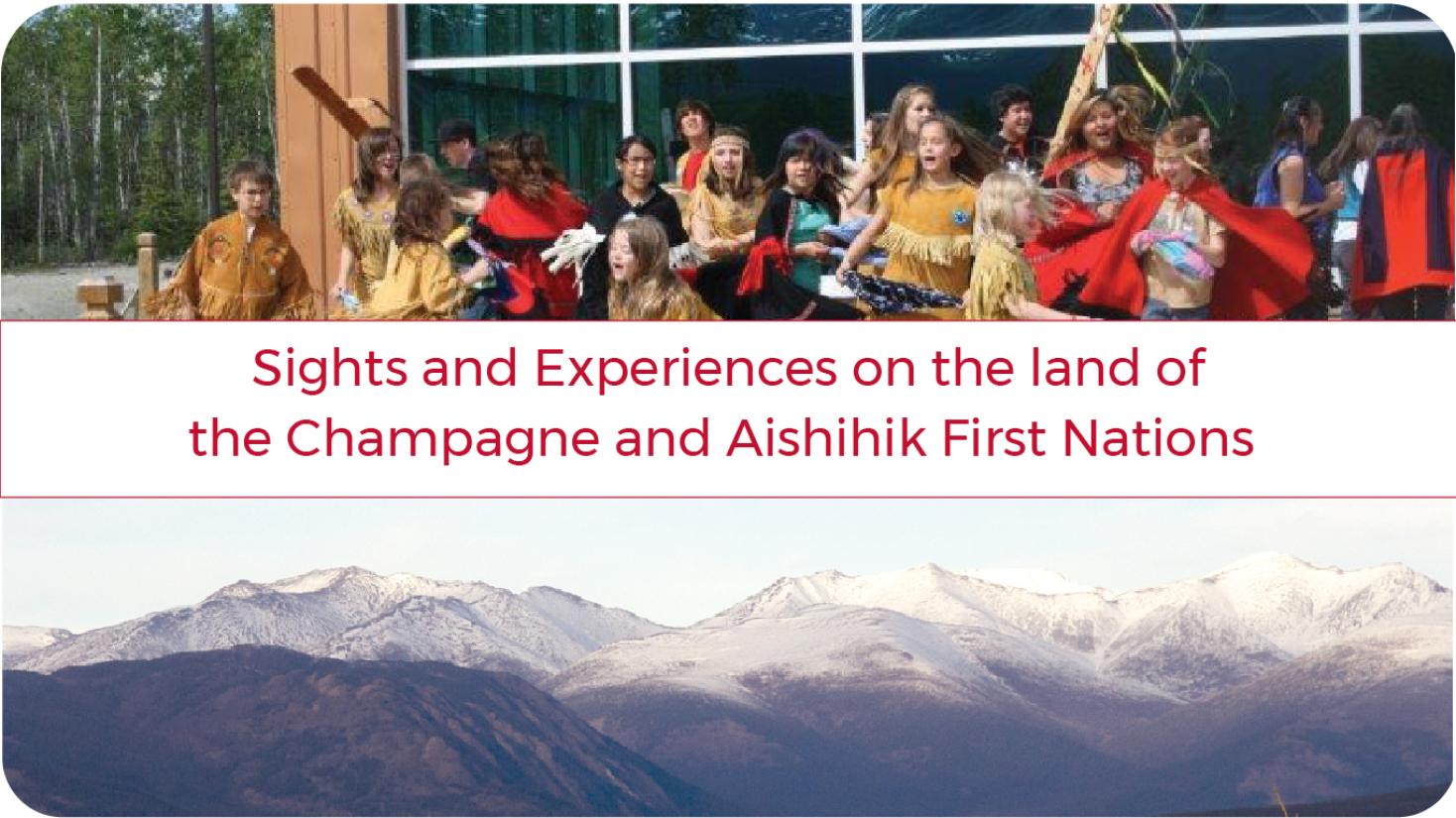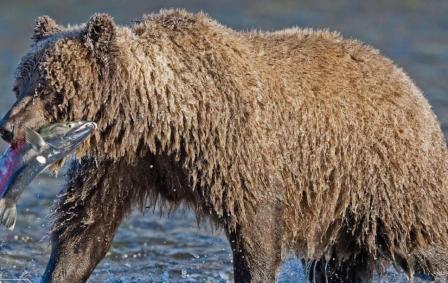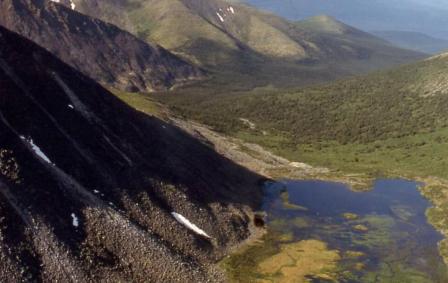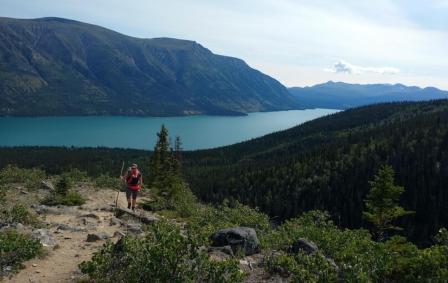Champagne and Aishihik First Nations Points of Interest

The nation’s name derives from two of their historic settlements: Shadhäla (Champagne), on the Dezadeash River, and Äshèyi (Aishihik), at the Alsek River headwaters. The traditional language of the nation is Dákwanjè (Southern Tutchone).
With the help of Indigenous Yukon, we’ve put together a list of unforgettable experiences that can’t be missed:
Da Kų Cultural Centre
The Da Kų Cultural Centre celebrates Champagne and Aishihik First Nations’ culture and connection to the land. The self-governing Champagne and Aishihik First Nations (CAFN) created the vision and design for the facility with its citizens over many years and completed construction ten years ago! Visit the Centre and prepare to be captivated by the dän (people), dän kéyi (land), dän k’e (ways), and Dákwanjè (language) at Da Kų (Our House).
The Tatshenshini River
The river is designated as a Canadian Heritage River in the Champagne and Aishihik First Nations' Final Agreement. The designation aims to conserve and protect the river heritage, give it national recognition, and encourage the public to enjoy and appreciate them in a sustainable way.
Kluane National Park
Hike one of the many trails or enjoy the stunning lakes in Kluane National Park and Reserve, which was established as a Special Management Area in the Nation’s Final Agreement.
Kusawa Territorial Park
3,081 square kilometres on three Traditional Territories (Carcross/Tagish, Champagne and Aishihik, and Kwanlin Dün First Nations) were mapped out and protected in the Final Agreements. The park has a unique natural and cultural history. Ancient travel routes date back thousands of years.
Yukon and Parks Canada Visitor Centres
Get ready to explore! Here you’ll find amazing Yukon art exhibits and a wealth of information about local trails, lakes, campgrounds and wildlife. Located in the Da Kų Cultural Centre.


